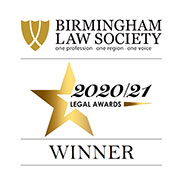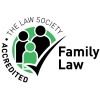The Employment Tribunals (Constitution and Rules of Procedure) Regulations 2004 set out the normal rules for Tribunal proceedings.
Employment Judges have the power, under Rule 18(7)(c), to strike out any claim or response on the grounds that 'the manner in which the proceedings have been conducted by or on behalf of the claimant or the respondent...has been scandalous, unreasonable or vexatious'.
In the recent case of Force One Utilities v Hatfield, the Employment Appeal Tribunal (EAT) held that it was appropriate to debar the employer from taking any further part in the Tribunal proceedings and to strike out its response, after one of the employer's witnesses intimidated the claimant outside the Tribunal building, following a hearing on 26 April 2007.
The witness, Mr Shuter, was an executive director of an associated company of Force One Utilities and had played a key role in handling the unfair dismissal case on behalf of the employer. When the matter came back before the Employment Tribunal (ET) on 27 September 2007, Mr Hatfield described how Mr Shuter had sworn at him and made a serious threat of physical harm to him. He told Mr Hatfield he should be careful "how he slept at night", then drove alongside his car, blocking him in, wound down his window and said, "Me and you - ten minutes up the road now." The intimidation had caused Mr Hatfield great anxiety and he was still nervous and afraid.
The ET judged that it was unlikely that a fair trial could be held if the employer took part in the proceedings. The employer appealed to the EAT, which upheld the ET's decision. There was a proper evidential basis for the ET's conclusion and the decision did not reflect any error of law. Although it was a 'draconian step' to take and would affect the ability of the respondent to defend the case, this was something they had brought upon themselves.
 |
 |
 |
 |
 |
 |
|




